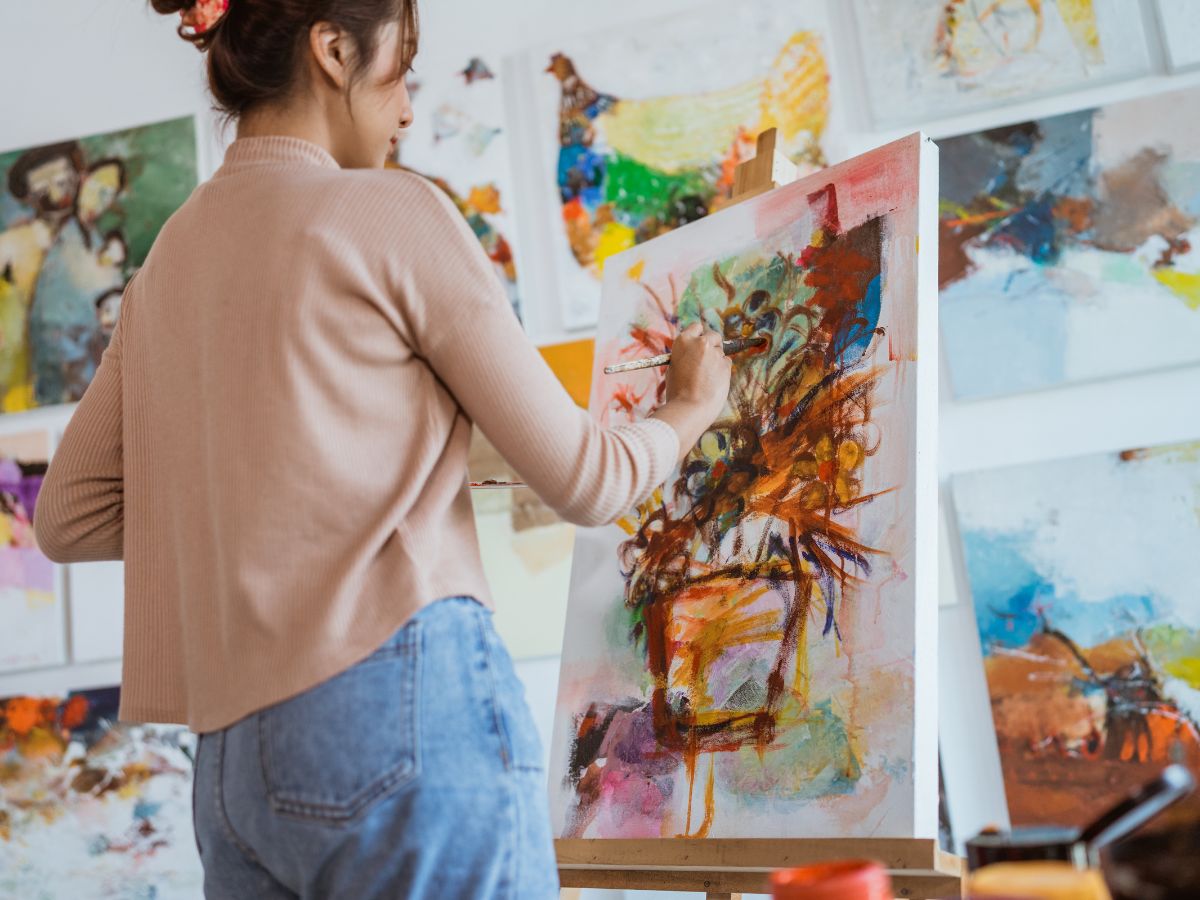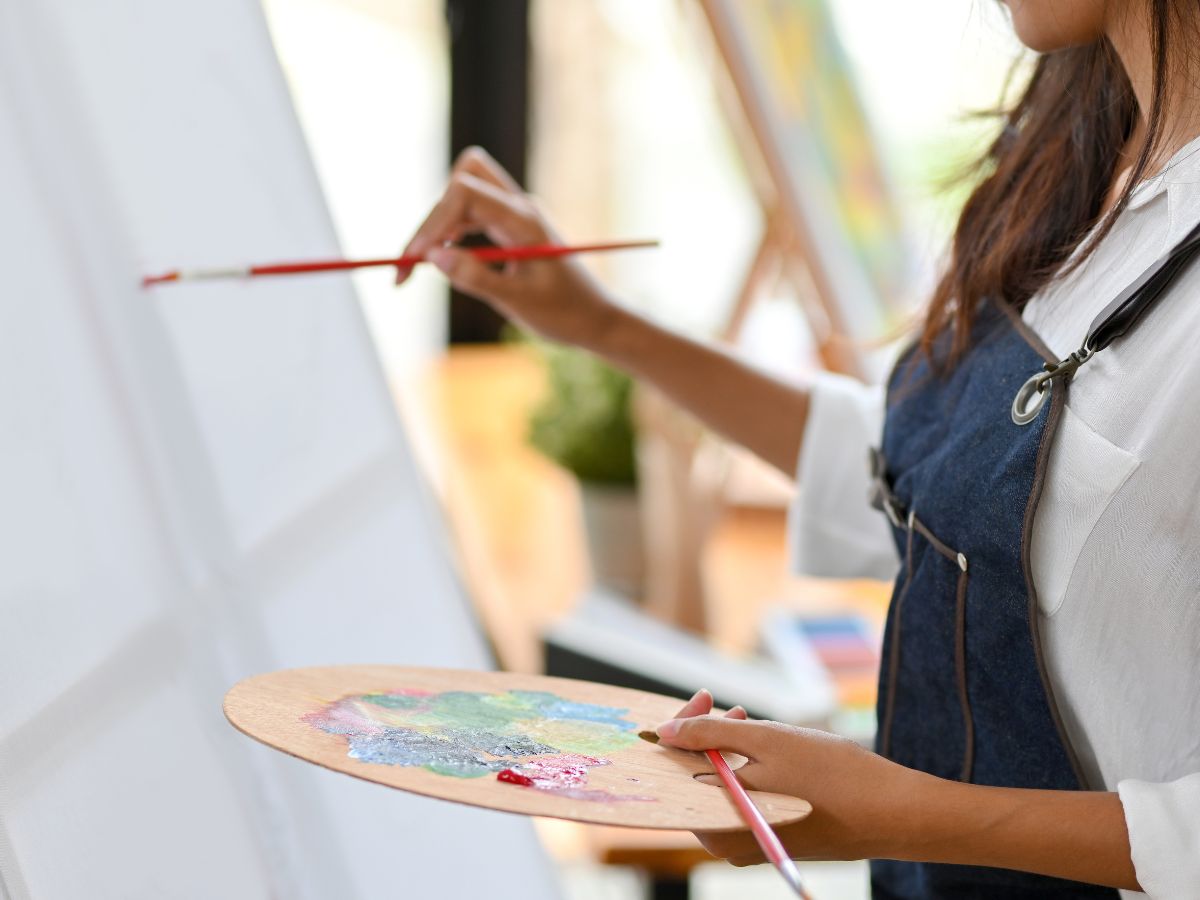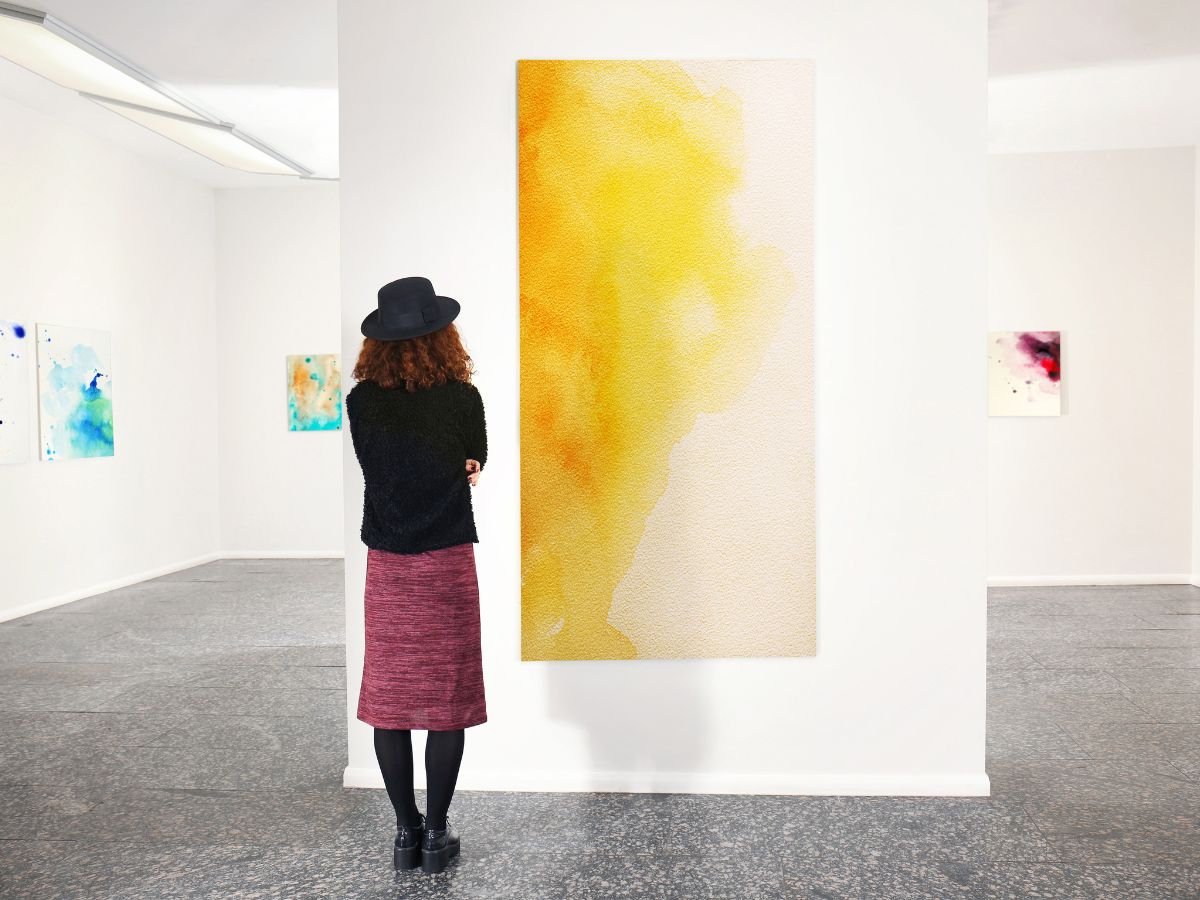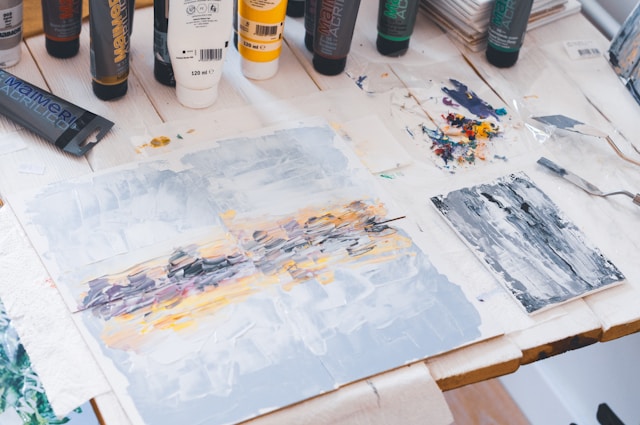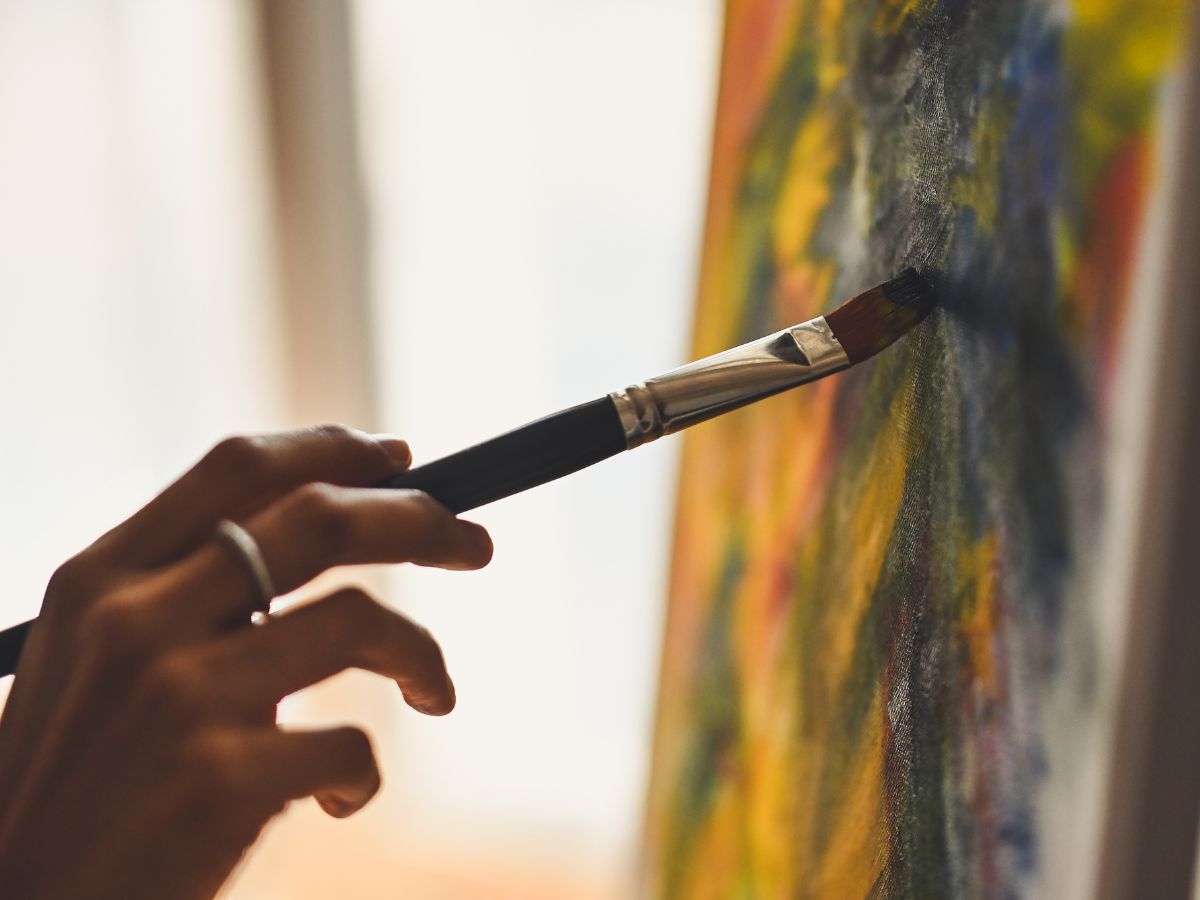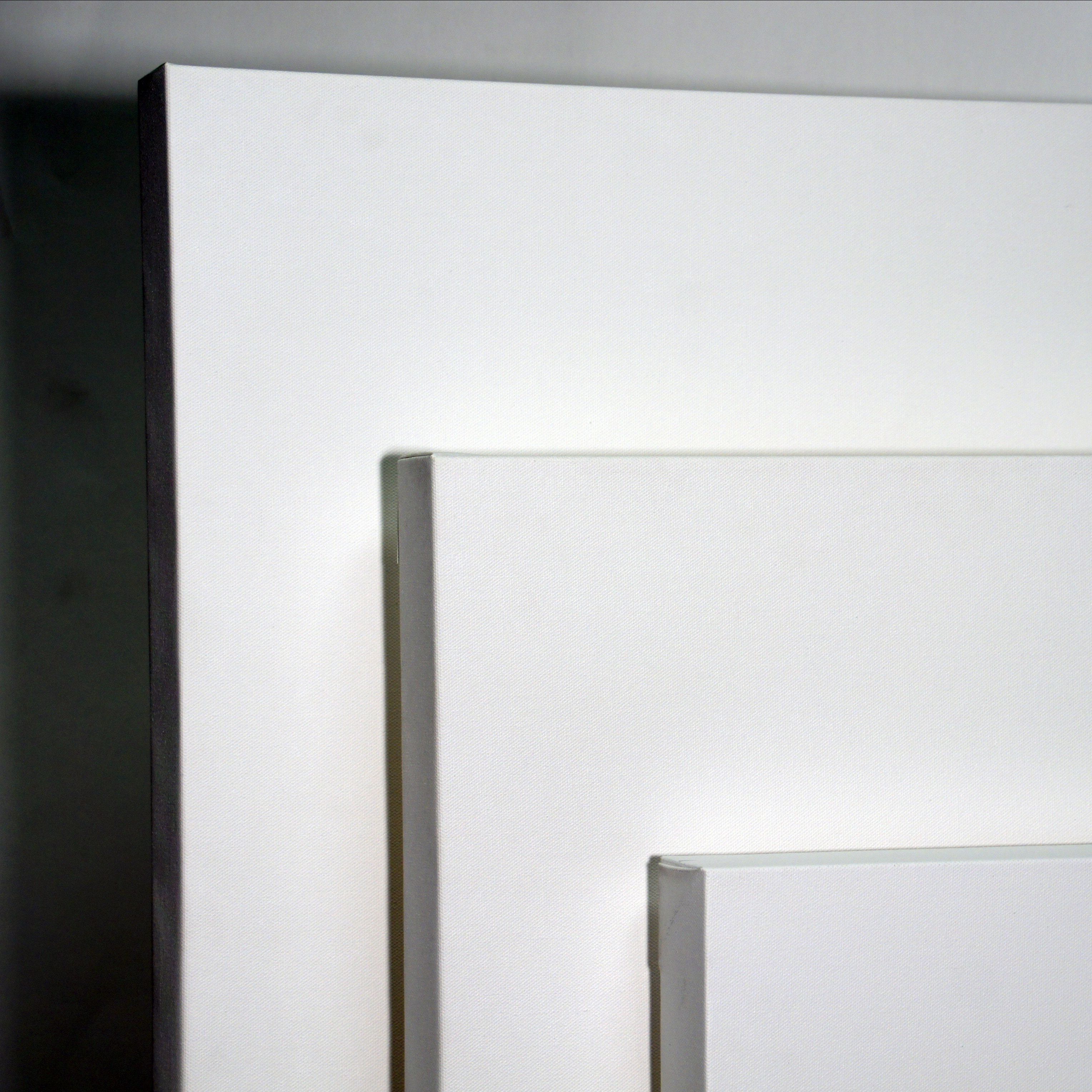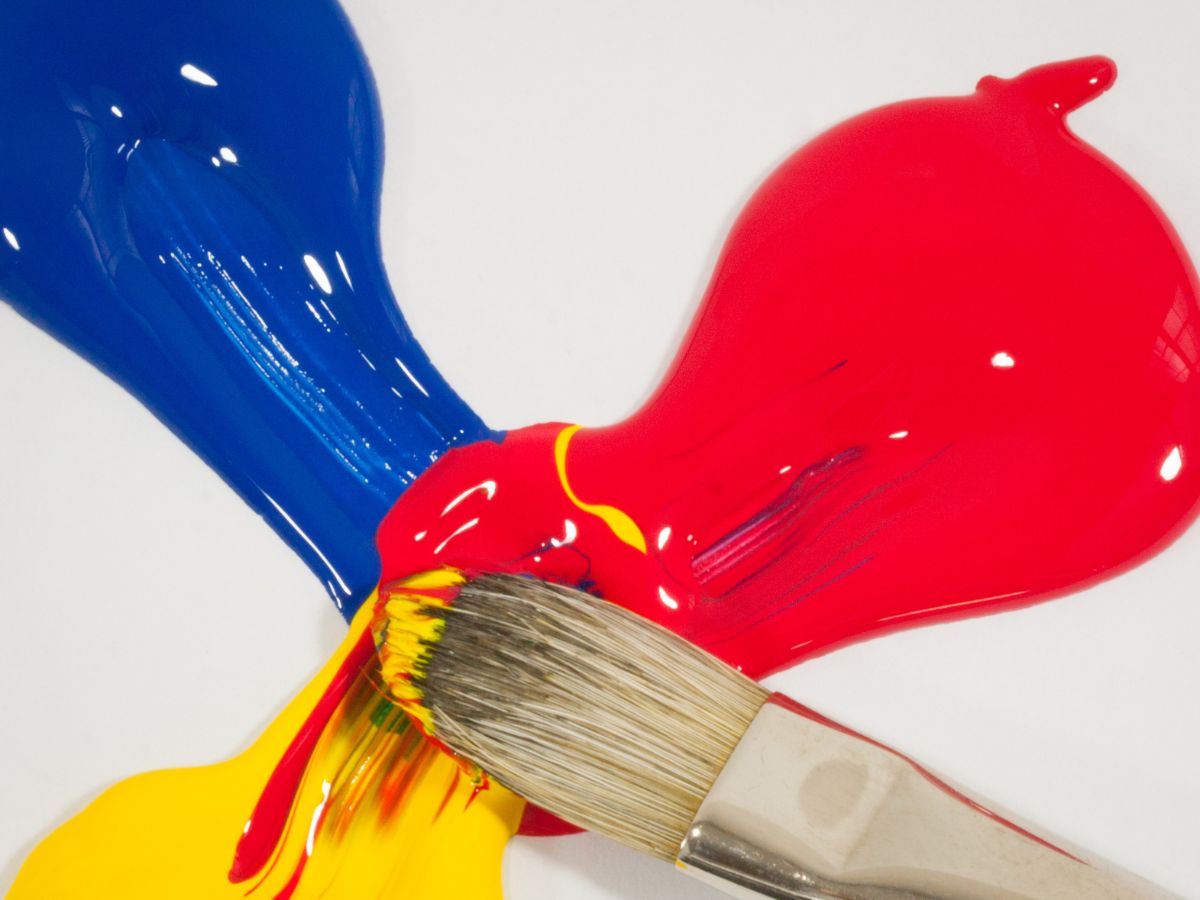
10 Essential Brush Techniques Every Painter Should Know
Brush techniques are the backbone of a painter’s craft, enabling artists to bring their visions to life with precision and flair. Whether you’re an aspiring artist or an experienced professional, refining your brushwork can elevate your art to new heights. From achieving smooth gradients to creating dynamic textures, mastering essential brush techniques is key to unlocking your creative potential.
